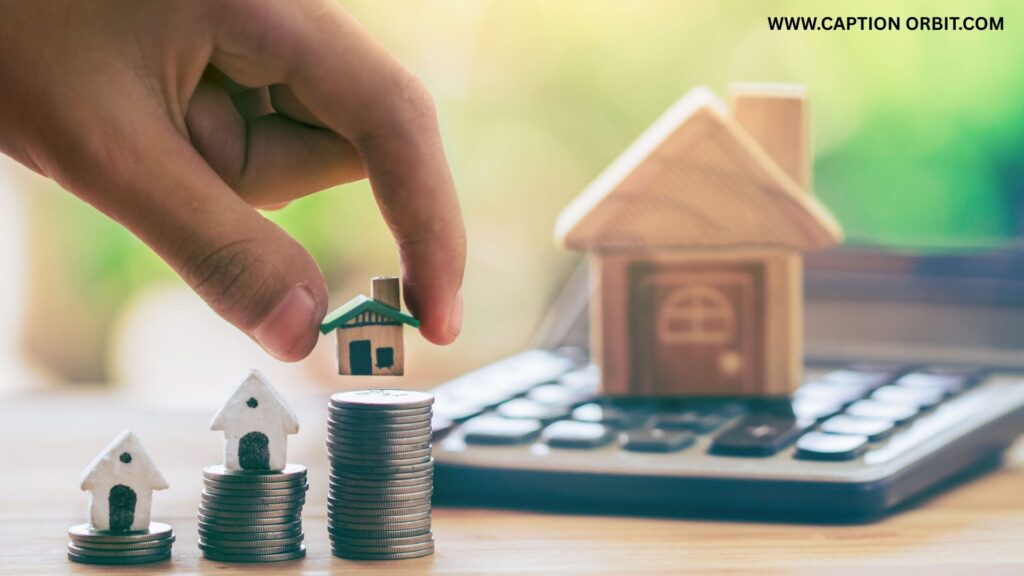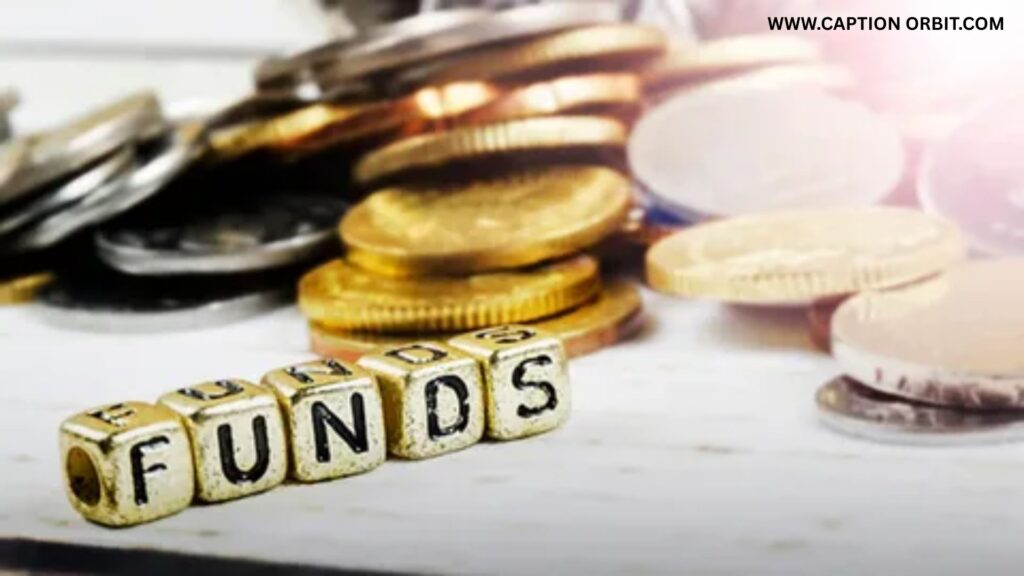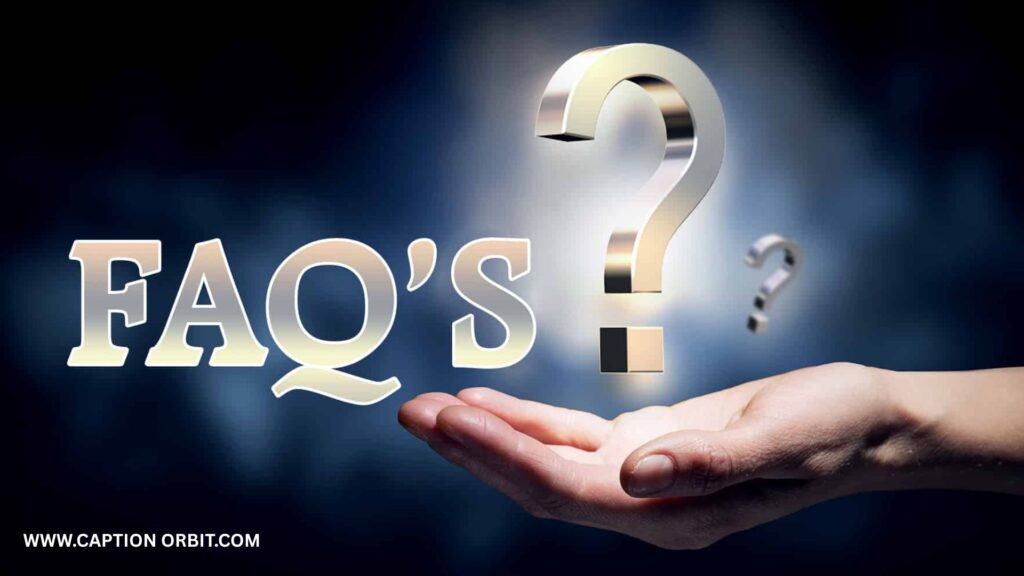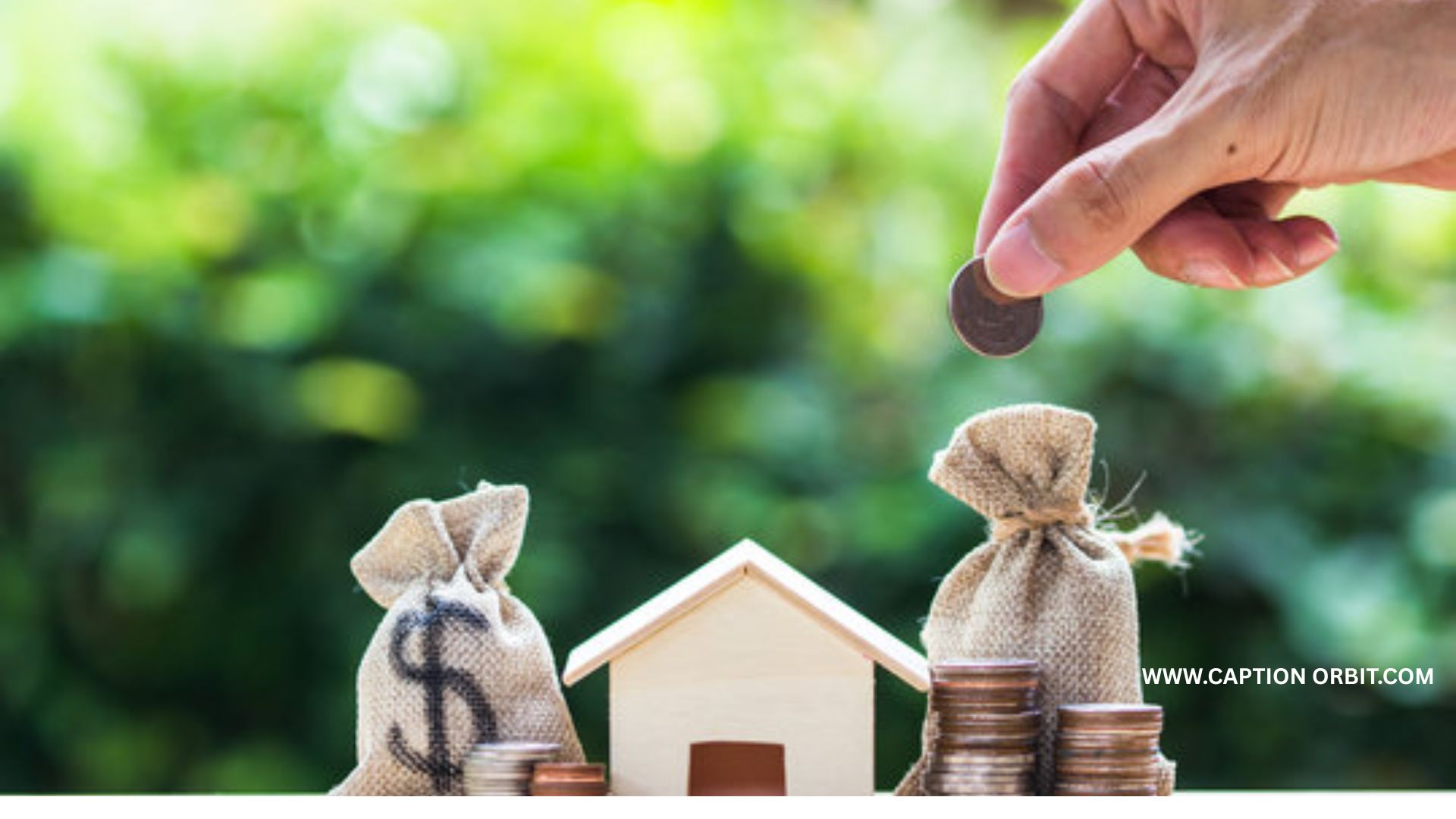Using a HELOC to buy an investment property might sound like an investor’s secret weapon. After all, it lets you tap into your home’s equity and put that idle capital to work. But is it the right move for everyone? While a HELOC can be a game-changer for building wealth through real estate, it also comes with some serious strings attached.
What Is a Should You Use a HELOC to Buy an Investment Property and How Does It Work?
A Home Equity Line of Credit, or Should You Use a HELOC to Buy an Investment Property is a revolving credit line secured by the equity you’ve built in your home. Think of it like a credit card that uses your house as collateral. You’re given a maximum borrowing limit, and during the draw period usually lasting 5 to 10 years you can borrow as much or as little as you need. During this phase, you typically pay only the interest on what you borrow.
After the draw period ends, you enter the repayment phase, which can stretch 10 to 20 years. This is when you begin paying back both the principal and interest. Since the line is revolving, you can borrow, repay, and borrow again much like a credit card up to your approved limit.
A HELOC, or Home Equity Line of Credit, is a type of revolving credit that allows homeowners to borrow against the equity in their home. It’s essentially a second mortgage, but instead of receiving a lump sum, you’re given access to a flexible line of credit that you can draw from as needed similar to a credit card.
The “equity” in your home is the portion of your property you truly own. It’s calculated by subtracting what you still owe on your mortgage from the current market value of your home. So if your home is worth $450,000 and your mortgage balance is $275,000, your equity is $175,000. Lenders usually let you borrow up to 85% of your home’s value, minus your current mortgage balance. In this case, that means you might qualify for a HELOC of around $107,250.
How the Should You Use a HELOC to Buy an Investment Property Structure Works

A HELOC has two phases: the draw period and the repayment period.
During the draw period, which typically lasts 5 to 10 years, you can borrow from the credit line as many times as you want up to your approved limit. You’re usually only required to make interest-only payments during this time, which keeps monthly payments low. The money is available to you on demand through checks, a credit card-style access card, or a bank transfer. You could use it to make a down payment on an investment property, fund renovations, or cover emergency repairs.
Once the draw period ends, you enter the repayment period, which can last 10 to 20 years. During this phase, you can no longer withdraw funds and must start repaying both principal and interest. Payments typically increase significantly at this point because you’re no longer just covering interest.
HELOC vs. Home Equity Loan
People often confuse aShould You Use a HELOC to Buy an Investment Property with a home equity loan, but they work very differently. A home equity loan gives you a one-time lump sum and has a fixed interest rate, which you start repaying immediately in regular installments. A HELOC is more flexible you borrow only what you need, when you need it, and only pay interest on what you’ve used.
Interest Rates and How They’re Set
Most HELOCs come with variable interest rates, which means your rate can fluctuate based on market conditions. These rates are typically tied to the prime rate, plus a margin set by your lender. If the prime rate goes up, your interest rate and your payments can go up too.
For example, if your HELOC is set at “Prime + 1%” and the current prime rate is 7.5%, your interest rate would be 8.5%. Some lenders may offer initial “teaser” rates that are lower for the first six months to a year, but those rates will eventually adjust.
In some cases, lenders offer fixed-rate HELOC options, allowing you to lock in a portion of your borrowed amount at a fixed rate especially useful if you’re planning to borrow a large chunk and want predictable payments.
Accessing Funds Should You Use a HELOC to Buy an Investment Property

Getting money from your HELOC is easy. Once you’re approved, you can transfer funds into your bank account, write checks, or even use a debit-style card tied to the credit line. The ability to draw funds instantly gives investors and homeowners more agility especially in competitive real estate markets where timing is everything.
Repayment Flexibility
One major benefit of a HELOC is the repayment flexibility during the draw period. Since you’re only required to pay the interest on the amount you’ve borrowed, your monthly payment could be surprisingly low. If you’re not using the line, you might owe nothing at all. Of course, once the repayment period kicks in, you’ll need to pay down both principal and interest, and that’s when payments can rise sharply.
Real-World Example
Let’s say you’re approved for a $100,000 HELOC and you use $30,000 to put a down payment on an investment property. During the draw period, you may only be responsible for the interest on that $30,000. If your interest rate is 7%, your monthly payment would be around $175. You still have $70,000 available on the line to use for anything else like property repairs or buying a second rental.
Now, fast forward to the repayment phase. You’ll need to pay off that $30,000 (plus interest) over the remaining years, which could mean significantly higher monthly payments depending on your terms.
Important Terms to Understand
- Draw Period: The time frame (usually 5–10 years) when you can borrow from the credit line and usually make interest-only payments.
- Repayment Period: The time after the draw period ends (usually 10–20 years) when you start repaying both principal and interest.
- Variable Interest Rate: An interest rate that can change over time, usually tied to the prime rate.
- Revolving Credit: A flexible form of borrowing where you can access funds repeatedly, up to your limit, as you repay what you owe.
In Summary
Should You Use a HELOC to Buy an Investment Propertyis a powerful financial tool when used wisely. It gives homeowners access to low-cost, flexible capital by leveraging the equity in their property. With its two-phase structure draw and repayment it offers borrowers a high degree of control over how and when they use the funds. However, the flip side is that mismanaging a HELOC can jeopardize your most valuable asset: your home.
If you’re thinking of using a HELOC to fund a rental property or any other investment, it’s crucial to understand exactly how it works, how the repayments are structured, and what risks you’re taking on.
Why Real Estate Investors Are Drawn to HELOCs

Many investors see HELOCs as a fast and flexible source of funding, especially compared to traditional investment property loans. These loans can be more difficult to qualify for and often come with higher interest rates and down payment requirements. A HELOC, on the other hand, offers quick access to funds that can be used to close deals, renovate properties, or cover the down payment on a rental unit.
HELOCs are especially attractive to experienced investors who want to scale quickly. Because the money is readily available and interest is only charged on what’s actually used, it becomes an efficient way to fund one or more deals without dipping into savings or taking on unnecessary debt.
One major appeal is that HELOCs offer liquidity without requiring you to liquidate other investments or sell existing properties. You’re simply leveraging the equity in your primary residence—a resource that would otherwise remain dormant.
The Upsides and Downsides of Using a HELOC for Real Estate
It’s easy to get excited about tapping into equity, but it’s important to look at the full picture. On the positive side, HELOCs tend to offer lower interest rates than personal loans or credit cards. You don’t need to reapply every time you want to use the funds, and you only pay interest on the money you actually borrow.
You also get a great deal of flexibility. Whether you need the money for a down payment, a full property purchase, or renovation costs, a HELOC can adapt to your needs. And because the credit line revolves, once you repay it, those funds become available again.
However, it’s not without risks. Since the Should You Use a HELOC to Buy an Investment Property is secured by your home, failing to repay could put your primary residence at risk. Interest rates are typically variable, which means your payments could rise unexpectedly. If property values fall or the market turns, you might end up owing more than the investment is worth. In extreme cases, lenders can even freeze or reduce your line of credit, leaving you in a bind.
The flexibility of a HELOC is both its strength and its weakness. Without a clear plan for repayment and cash flow, it’s easy to overextend and end up in financial trouble.
When Using a HELOC Makes Financial Sense
Using a HELOC to buy an investment property makes the most sense when your financial foundation is strong. If you’ve built up significant equity in your home and the rental property you’re eyeing is cash-flow positive, the strategy becomes much more appealing.
It also helps if you’re an experienced investor who understands market trends and risk management. If your credit score is solid, your debt-to-income ratio is low, and you’re not already stretched thin financially, a HELOC can help you move quickly on great deals.
Short-term property flips or rehab projects with high resale potential are ideal candidates for HELOC funding. So are situations where a quick down payment could help you lock in a great deal before competing buyers have time to act.
Consider the case of an investor in Chicago who used a $100,000 HELOC to help purchase a $300,000 duplex. The property now brings in $2,800 per month in rent, and even after mortgage payments, taxes, insurance, and HELOC interest, she still nets a profit of $1,100 per month. That’s a healthy return and it’s all thanks to strategic use of home equity.
Risks You Need to Know Before Borrowing with a Should You Use a HELOC to Buy an Investment Property
Using a HELOC to buy rental property or any investment property can be a smart way to leverage your home’s equity—but it’s not without real, tangible risks. If you don’t fully understand the possible downsides, you might end up in a situation that hurts your credit, strains your budget, or even puts your home in danger.
Let’s look at the biggest risks tied to using a home equity line of credit for real estate investing, so you can make informed, strategic decisions.
Your Home Is on the Line Literally
The most serious risk of using a HELOC is that your home is the collateral. If you default on the HELOC, your lender can initiate foreclosure, just like with a primary mortgage. Even if you’re using the money for a different property, it’s still your primary residence that’s at risk.
This makes it crucial to have a strong repayment plan, especially once the repayment phase begins and your monthly payments increase due to principal and interest.
Variable Interest Rates Can Spike
Most HELOCs come with variable interest rates, which are tied to the prime rate. If the prime rate goes up, your monthly payment can jump sometimes significantly.
For example, if you start with an interest rate of 7% and the prime rate rises by 2%, your new rate could become 9%, which increases your monthly costs dramatically. That variability can make it harder to predict your cash flow, especially if your rental income fluctuates.
Unlike fixed-rate investment loans, HELOCs are sensitive to macroeconomic conditions, meaning you could be impacted by changes beyond your control, like Federal Reserve rate hikes.
Interest-Only Payments Can Be Misleading
During the draw period, most HELOCs only require interest-only payments. This can lull investors into a false sense of affordability. It feels like you’re handling the loan well, but you’re not reducing the principal.
Once the draw period ends, your payment structure changes—and sometimes overnight. Many borrowers experience payment shock when they transition to the repayment period and are now responsible for both principal and interest. For example, an interest-only payment of $250 could jump to $700 or more, depending on your balance and loan term.
This is especially dangerous if your investment property isn’t producing consistent rental income or hasn’t appreciated in value.
Overleveraging Can Erode Wealth

While leveraging home equity is a powerful real estate investing tool, it’s easy to overdo it. If you max out your HELOC and use it to acquire multiple properties or take on major renovations, you could end up with too much debt and not enough income to cover it.
This can strain your personal finances and limit your ability to qualify for future loans. In severe cases, overleveraging could lead to selling assets at a loss just to keep up with payments.
Many seasoned real estate investors advise using a HELOC as part of a larger strategy not as your sole source of capital.
Market Downturns Can Crush Equity Should You Use a HELOC to Buy an Investment Property
Real estate markets rise and fall. If property values drop, the equity in your home could shrink quickly. This means you might owe more than your property is worth also known as being “underwater.”
For example, if you borrowed $100,000 on a HELOC assuming your home was worth $500,000, but the market dips and your home drops to $420,000, your equity cushion disappears. If you then face financial hardship, selling your home might not even cover the mortgage and HELOC combined.
That’s why using a HELOC for property investment works best in stable or growing markets, and with a safety buffer built in.
Rental Income Is Not Guaranteed
Many people plan to use the rental income from the investment property to repay the HELOC. While that can work well, it’s risky to count on rent as a guaranteed income stream.
Vacancy periods, late payments, maintenance costs, or unexpected repairs can all eat into your cash flow. If your tenants skip a month or break their lease, you’re still responsible for paying the HELOC on time.
Repayment Terms Can Be Compressed Should You Use a HELOC to Buy an Investment Property
If your lender only offers a short repayment term say 10 years instead of 20 your payments will be much higher. That makes a big difference. Let’s say you borrowed $50,000 and need to repay it in 10 years. Your monthly payment (at 8%) would be around $607. If you had 20 years, the payment drops to about $418.
Credit Score and Loan Rejection Risks
Qualifying for a HELOC requires a good credit score, typically 680 or higher, though some lenders want 700+. If your credit isn’t solid, you might either get denied or approved for a much smaller line of credit at a higher interest rate.
Additionally, once you open a HELOC, it appears on your credit report as a revolving credit line. If you max it out or miss payments, it will negatively affect your credit utilization ratio, which can hurt your score and reduce your ability to borrow elsewhere.
Tax Benefits May Be Limited Should You Use a HELOC to Buy an Investment Property
You might have heard that HELOC interest is tax-deductible, but that’s only partially true. Under current IRS guidelines, you can only deduct the interest if the funds are used to buy, build, or improve the home that secures the loan.
So if you’re using the HELOC to buy a separate investment property, that interest is not tax-deductible on your primary residence unless specific structuring is done like securing the HELOC against the investment property and documenting the use of funds correctly.
Speak with a tax advisor to understand how this applies in your case and avoid assumptions that could cost you during tax season.
A HELOC can be a powerful financial tool for real estate investors, especially when used to access capital quickly for a down payment or property renovations. But like any tool, it comes with responsibility.
Before leveraging a real estate HELOC, it’s essential to have a clear exit strategy, a detailed cash flow analysis, and a solid understanding of your risk tolerance. Treat a HELOC like a business decision, not “free money,” and you’ll be better positioned to grow your wealth without putting your home or financial future in jeopardy.
How to Use a Should You Use a HELOC to Buy an Investment Property Effectively
If you decide to move forward, make sure you have a smart strategy in place. Many investors use a HELOC to cover the down payment on a conventional investment loan, allowing them to preserve cash and reduce the upfront burden. Others use HELOCs to buy properties outright in more affordable markets, then refinance or sell after boosting the property’s value.
HELOCs also work well for renovations. If you’re using the BRRRR method Buy, Rehab, Rent, Refinance, Repeat a HELOC can serve as your initial capital for both the purchase and rehab. Once the property is stabilized, you can refinance into a longer-term mortgage and pay down the HELOC to use again on the next deal.
What You Need to Qualify for a HELOC
Lenders typically require a credit score of at least 680, although a score above 700 can help you secure better terms. They’ll also want to see that your debt-to-income ratio is below 43%, and you’ll need to have at least 15% to 20% equity in your home.
A home appraisal is almost always required, and you’ll need to provide documentation of your income and employment history. If you’re self-employed or an investor with multiple properties, be ready to show tax returns and possibly rental income statements.
Approval is usually faster and easier than applying for a traditional mortgage, but that doesn’t mean everyone qualifies. The more equity you have, the better your chances.
Comparing Should You Use a HELOC to Buy an Investment Property Loans
A HELOC offers more flexibility than a standard investment loan, and it usually comes with a lower interest rate. However, it’s tied to your primary residence, which introduces additional risk.
An investment property loan is based on the property you’re buying, not the one you live in. That means if the investment fails, your home isn’t directly on the line. But these loans often require larger down payments and higher interest rates, and they can take longer to close.
Both options have their place. A HELOC can be ideal for short-term projects or as bridge financing. For long-term buy-and-hold rentals, a traditional investment loan might be the safer path.
Tax Considerations Should You Use a HELOC to Buy an Investment PropertyOverlook
HELOC interest used for personal expenses is generally not tax-deductible. However, if you use the funds for a business purpose like buying or improving a rental property you can typically deduct the interest as a business expense.
Tax rules can change, so it’s smart to talk with a CPA or tax advisor before making your move. Document how you use the funds and keep records in case the IRS ever comes calling.
Absolutely! Here’s a rewritten and improved version of the Frequently Asked Questions (FAQs) section with a more natural, conversational tone, varied sentence structures, and optimized for both readability and SEO:
Frequently Asked Questions (FAQs)

Can you use a HELOC to purchase an investment property?
Yes, you can. A HELOC (Home Equity Line of Credit) lets you borrow against the equity in your primary residence and use those funds to buy an investment property. However, keep in mind your home secures the loan. So, if you default, you risk losing it.
Is using a HELOC for real estate investing a smart move?
It depends on your situation. For experienced investors who understand rental income, cash flow, and property values, a HELOC can offer quick access to capital. But if you’re new to investing or don’t have a backup plan, it could be risky.
What are the biggest risks of using aShould You Use a HELOC to Buy an Investment Property
Some key risks include:
- Your home is on the line miss payments and foreclosure is a possibility.
- Variable interest rates mean payments can go up unexpectedly.
- If your investment doesn’t bring in income fast enough, you could struggle with repayments.
- Market downturns can reduce your property’s value or rental demand.
What kind of interest rate does a HELOC have?
HELOCs typically come with variable interest rates, which are tied to the prime rate. That means your rate might start low but increase over time. In 2025, rates generally range between 7% and 9%, depending on your credit score and lender.
Can a HELOC be used for a down payment on a rental property?
Yes, and many investors do just that. It’s a common strategy to free up cash and get into the market faster. Just make sure the rental income will be enough to cover both your mortgage and your HELOC payments.
What credit score do I need to qualify for a HELOC?
Most lenders prefer a minimum score of 620, but you’ll get better rates and approval odds if your credit score is 700 or higher. Lenders also look at your income, debt load, and how much equity you’ve built in your home.
How much money can I get from a HELOC?
You can usually borrow up to 85% of your home’s appraised value, minus what you still owe on your mortgage. For instance, if your home is worth $400,000 and you owe $250,000, you might qualify for a HELOC around $90,000.
Is the interest on a HELOC tax-deductible for investment purposes?
In many cases, yes. If you use the HELOC funds to buy, build, or improve a rental property, the interest could be tax-deductible. But tax laws can be tricky talk to a CPA to get advice tailored to your situatiShould I choose a HELOC or a cash-out refinance for investing?
Both have pros and cons:
- HELOC: Flexible access to funds, usually lower upfront costs, and interest-only payments during the draw period.
- Cash-out refinance: Gives you a lump sum, often with a fixed rate and longer repayment terms. Pick the one that fits your risk tolerance, repayment plan, and financial goals.
I’dIs a HELOC a good option for first-time real estate investors?
Not always. First-time investors may find it risky to borrow against their home to fund a property they’re unfamiliar with. But if you’ve done your research.The numbers, and have a cushion for emergencies, it might be a good stepping stone.
Final Thoughts: Is a HELOC Right for Your Investment Strategy?
Using a HELOC to buy an investment property can be a savvy move, especially if you’re equity-rich and financially disciplined. It offers fast, flexible funding and opens the door to opportunities that might otherwise be out of reach.
That said, it’s not a one-size-fits-all solution. If you’re risk-averse or unsure about market conditions, tying your home to an investment might not be worth the stress. But if you go in with a solid plan, realistic projections, and a clear repayment strategy, a HELOC can be the fuel that powers your real estate empire.

Aira Younk is the creative force behind CaptionOrbit, where she brings a fresh spin to your daily routine with engaging and relatable captions. Whether it’s adding a touch of humor or a burst of inspiration, Aira crafts the perfect words to help you share your everyday moments in a creative way. Stay tuned for daily updates that will make your posts stand out!

